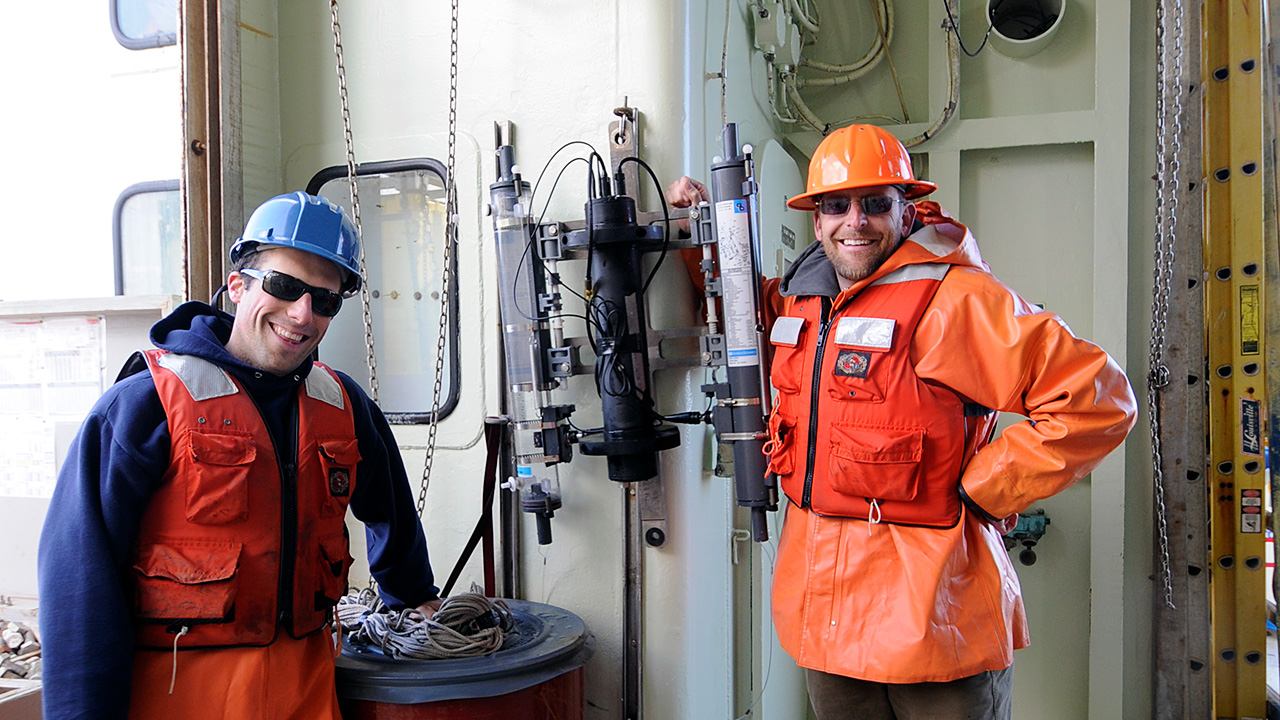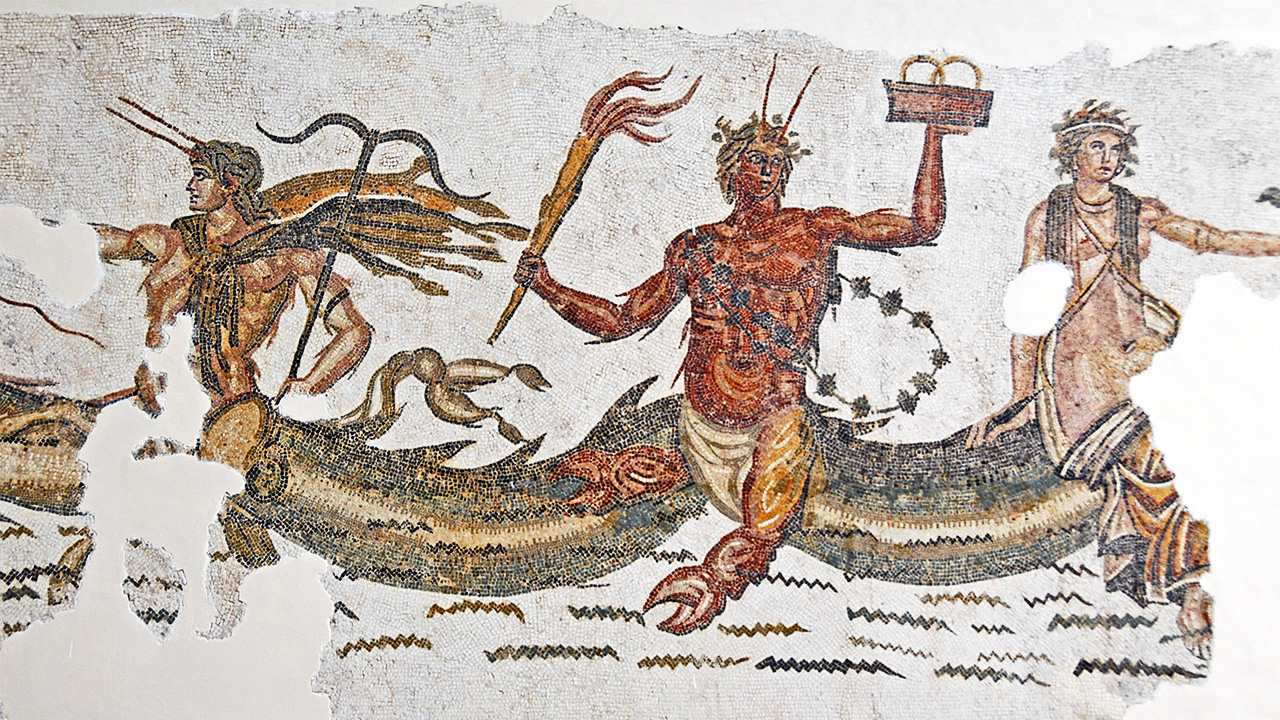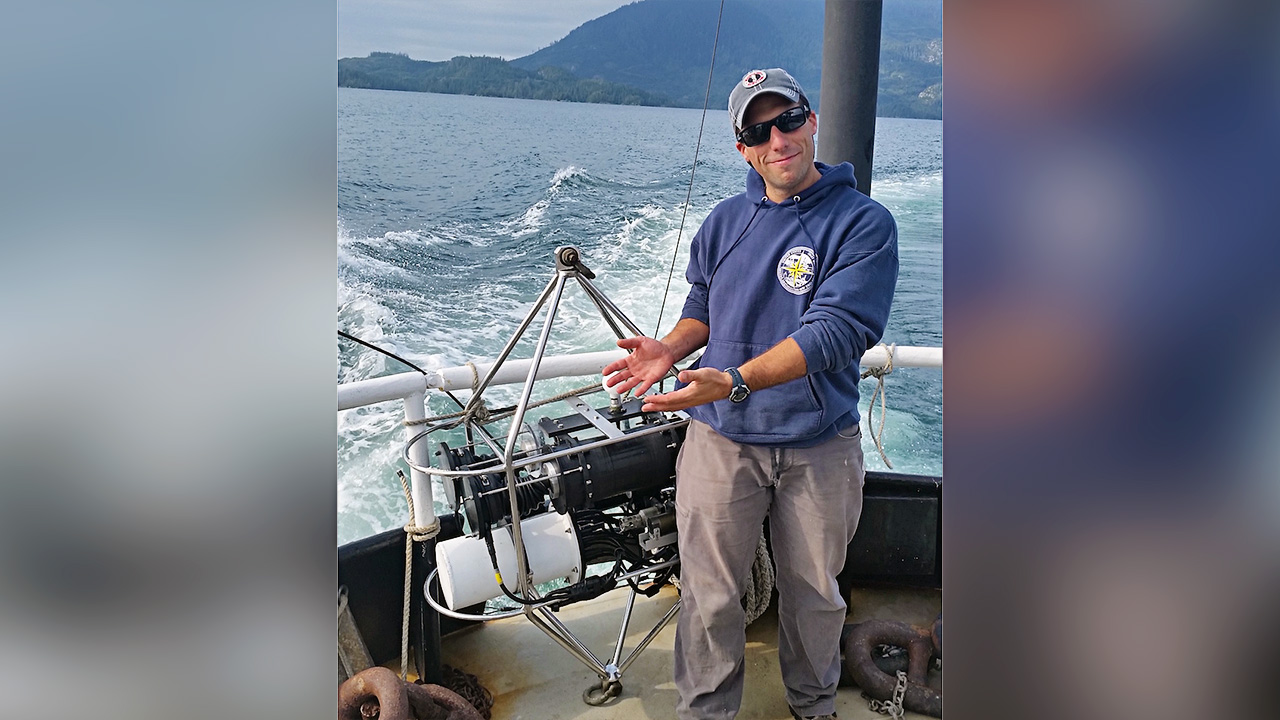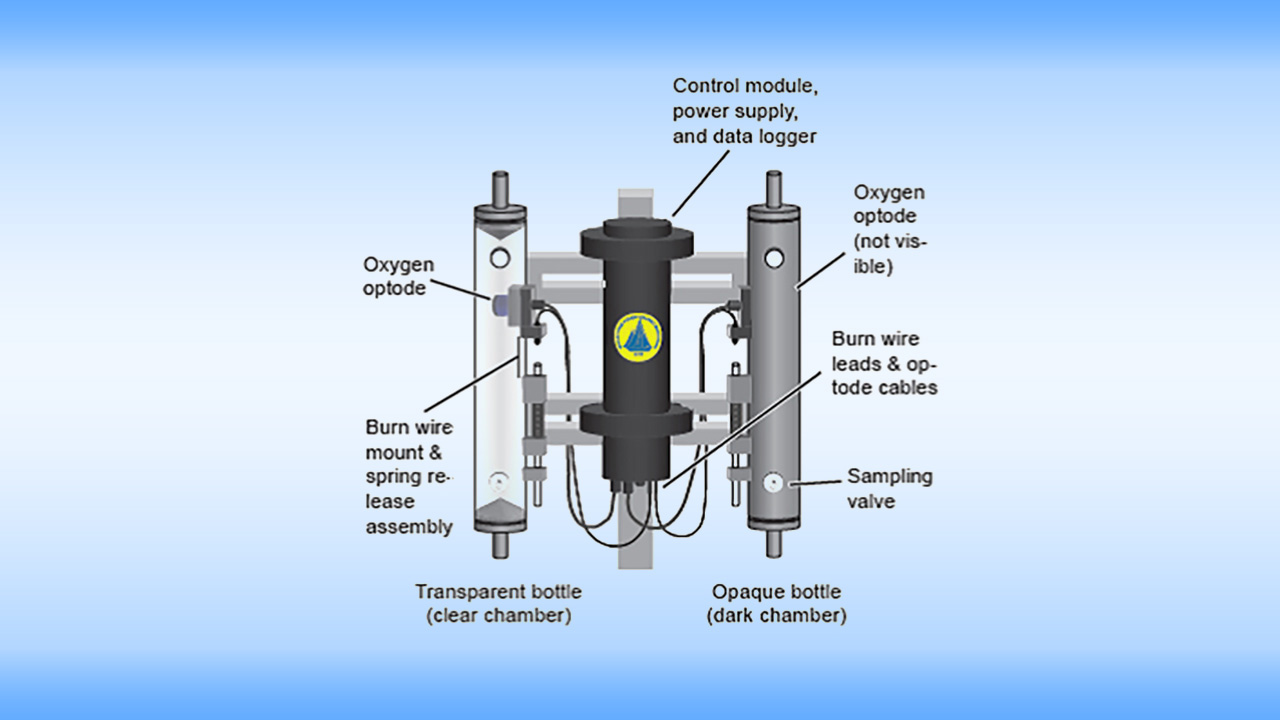MIT, News, WHOI - Oceanus | December 14, 2016
New Device Reveals What Ocean Microbes Do

Instrument may also help monitor sewage treatment plants
By Kate Madin | Oceanus Magazine
Whether you’re a plant, animal, or even a microbe, you generally can’t conduct the business of living without exchanging oxygen. So just as you can figure out what’s going on in a financial system by following the money, scientists can learn what’s happening in an ecosystem by tracking the oxygen.
In photosynthesis, plants take in carbon dioxide, use solar energy to convert it into carbon-containing compounds, and release oxygen. In the mirror-image process of respiration, organisms take in oxygen, consume carbon-containing compounds for energy (eat), and release carbon dioxide.

Microbes also do a whole lot of photosynthesizing, eating, and respiring in the ocean, with impacts on everything from ocean ecosystems to Earth’s atmosphere and climate. But for ocean scientists who want to unravel the ocean’s complexities, “measuring photosynthesis and respiration in the ocean has been notoriously difficult,” said Benjamin Van Mooy, a marine chemist at Woods Hole Oceanographic Institution (WHOI)
Now, Van Mooy and his colleague Richard Keil at the University of Washington have developed an automated instrument that can rapidly measure microbial photosynthesis and respiration in the ocean and send data back to scientists in near real time. The device would be a help to ocean scientists who now measure photosynthesis and respiration with chemical methods that can’t capture rapid changes in microbial activity.
A mythological name
The device is called “PHORCYS,” who was a primordial sea god in Greek mythology, the son of Oceanus and Tethys—a fish-man with crab claws and red-spiked skin. To scientists (who like acronyms), “PHORCYS” stands for PHOtosynthesis, Respiration, and Carbon balance Yielding System.
Van Mooy, working with engineer Paul Fucile, is already extending the same technology in PHORCYS to a device with much wider practical potential: an automated sensor that would significantly reduce the time and manpower now needed to measure bacterial decomposition of sewage proceeding through wastewater treatment facilities.
Oceanographers have long measured microbial respiration, known as biological oxygen demand, or BOD, by measuring the decline in oxygen in water samples kept in the dark over time. With no light, no photosynthesis occurs, and no oxygen is released, so the oxygen decline reflects respiration by microbes in the water.
These older methods use either an oxygen electrode sensor, or, in the original method—named the Winkler method—a series of chemical reactions and procedures that researchers perform. But this ‘gold standard’ method creates a bottleneck in the lab, because the chemistry is time-consuming to conduct accurately on a ship.
In addition, samples are held in closed bottles for incubations, often at different temperatures or pressures than those at the water depths where scientists collected the samples. As a result of these temperature and pressure shifts, the types of microbes in the bottles, or their metabolic rates, can change—yielding inaccurate results.

“The PHORCYS brings a tedious and difficult measurement into the twenty-first century,” said Jamie Collins, an MIT-WHOI Joint Program student who worked on PHORCYS as part of his thesis research.
PHORCYS is a two-chambered device that is deployed from a ship and drifts on the waves like a mini-laboratory. It samples the water an carries out rapid oxygen consumption measurements in situ, avoiding temperature or pressure changes. Oxygen electrodes measure oxygen in short incubations in dark and clear chambers, to compare photosynthesis and respiration rates. A data logger collects the information, which is transmitted to scientists in near-real time.
Patented technology
Working with the WHOI Office for Technology Transfer, Van Mooy has patented PHORCYS, and the office is seeking ways to develop this system as an inexpensive, easy-to-use commercial product.
“You could envision making a couple hundred to make a few dozen oceanographers really happy,” Van Mooy said. “I take this thing to sea and measure BOD in the ocean, routinely. And it’s really been a boon for my research group to have, because it’s so much faster.”
Van Mooy is developing the technology further to create an easy-to-operate, automatic BOD-measuring device, provisionally called the AutoBOD, that could be used in wastewater treatment plants.

“There are millions of these BOD measurements made every day across the country in wastewater treatment plants,” Van Mooy said. “And they’re still made with the Winkler method. So the currently used technology is really startlingly outdated.”
WHOI’s Office for Technology Transfer is seeking an industrial partner to help with development of AutoBod.
Funding for PHORCYS came from the National Science Foundation.




